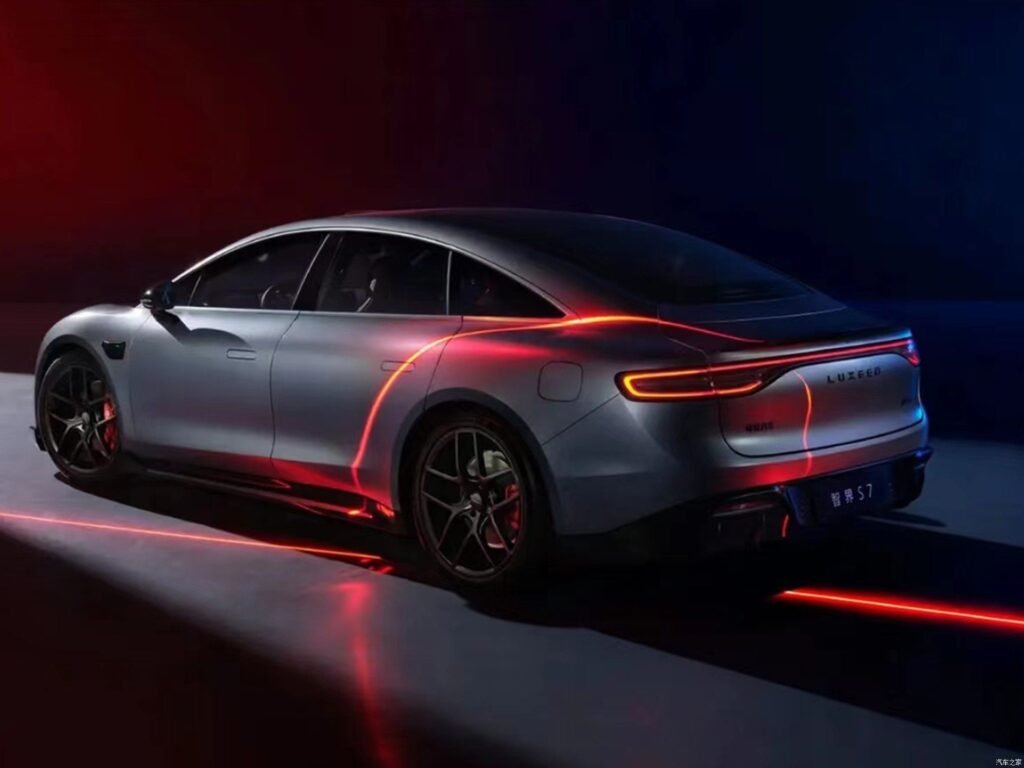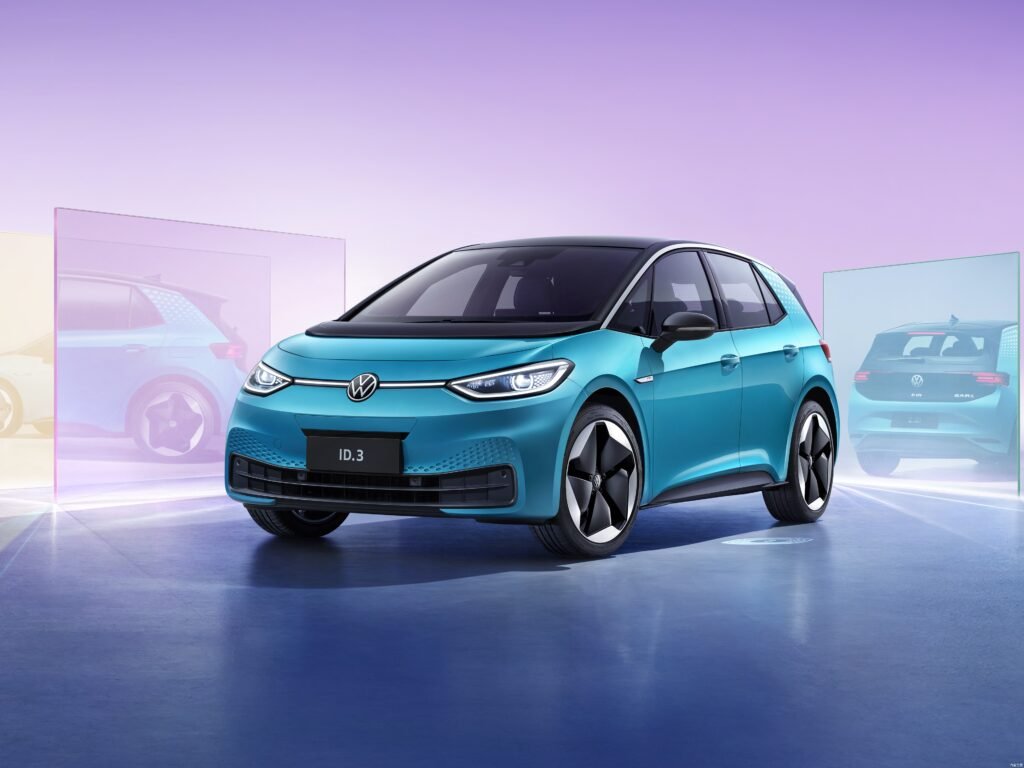In a recent online seminar, Canalys automotive industry analysts provided insights into the global electric vehicle (EV) market outlook to 2023. Here are a few key trends that will shape the market in the coming year:
Table of Contents
ToggleThe market is recovering from adjustments to EV subsidy policies
In January 2023, governments around the world adjusted their EV subsidy policies almost simultaneously. This dealt a huge blow to EV sales in 2022, as buyers either purchased early in order to use their 2022 subsidies or delayed their purchases in order to use their 2023 subsidies. These adjustments are already negatively impacting 2023 orders and will continue to do so throughout the year. Changes in major EV markets include the complete elimination of subsidies for EVs in China, Norway, Sweden, and the United Kingdom. France, Germany and the Netherlands continue to cut subsidies. A few markets will increase subsidies in 2023, but depending on the brand of the EV, the U.S. being one of them. Under the new policy, the government will subsidize different EV models depending on price, where they are assembled, and where the battery minerals and components are sourced. But such a policy could have a “one step forward, two steps back” result in the U.S.: fewer vehicles would qualify for federal tax credits in 2023 than in 2022.
Tesla’s Electric Car Price War
Tesla lowered its vehicle prices in January 2023, and competitors are under pressure to cut prices as well. When the most profitable headliner in an industry cuts prices, it can be devastating to many of its peers, especially emerging brands that are not yet profitable. Tesla’s overall price cut is about 20 percent, depending on the model and market. Not only does this move expand the target market, but in addition, more Tesla models will be eligible for subsidies in 2023 compared to 2022, especially in the United States. Price cuts are also beneficial in maintaining sales in markets where subsidies have been eliminated. Since Tesla doesn’t have a network of dealers, marketing campaigns, or cumbersome processes to drag down, it can make quick decisions based on local market conditions. Unlike many of its competitors, Tesla has economies of scale and the ability to deliver quickly by increasing capacity and efficiency. While price cuts can affect the brand’s margins and cause dissatisfaction among customers who previously purchased vehicles at higher prices, for Tesla, more vehicles on the road will improve the company’s ability to cash in on software and services.
Geographic expansion and market repositioning
Some of China’s emerging EV brands are going abroad, and these brands are targeting markets where demand is strong and/or in short supply, or where product choice is limited, in the hope of finding new opportunities. Europe has been a key target for them, with more than a dozen Chinese automakers entering the European EV market in 2022. These brands will initially choose to work with distributors, but some have also opted to set up headquarters, service centers, and showrooms in Europe. But in 2023, car companies will have to remain flexible and move to other markets if necessary, as demand for electric vehicles is heavily influenced by price and government incentives. Without incentives, the luxury showrooms that these brands have opened in places like Oslo, Norway, will soon be deserted. Beyond Europe, there are many opportunities for emerging brands to grow in 2023, such as Australia, India, Japan, Latin America, and Southeast Asia, many of which will still not have a mainstream EV brand in 2022.
EV growth to slow in mature markets
With rising interest rates and inflation and uncertainty about the shape of the overall economy, the best the entire light-duty vehicle market can expect in 2023 will be a year of low-single-digit moderate growth. 2022 will see the price of electric vehicles rise as material and manufacturing costs generally rise. 2022 will see the average price of an electric vehicle in the United States at around $65,000 (€61,000), a price range that does not There are not enough potential customers in this price range. That’s because there aren’t many other models available to American consumers. Chinese car companies have done their homework on electric cars, working to meet not only the needs of all customers, but more importantly, the budgets of all customers. For example, the Wuling Hongguang Mini EV, which is selling like hotcakes, starts as low as 33,000 yuan ($4,800). Since its launch in mid-2020, the model has sold a staggering one million units, and although there are many similar models from competitors, none of them can match it. In contrast, European customers have a wider selection of models, including popular compact cars. But when it comes to price points, European consumers are only willing to accept a premium of around 25 percent for electric vehicles, including the electric version of the Peugeot 208, Europe’s most popular car.
In summary, while the market is not yet saturated, EV sales growth will slow in 2023 due to the lack of electric versions of certain vehicle lines, the price gap between EVs and fuel cars, the weak economy, and the elimination of EV subsidies in many markets. In addition, maintaining a growth rate of more than 50 percent year-over-year is ultimately a very difficult task.




